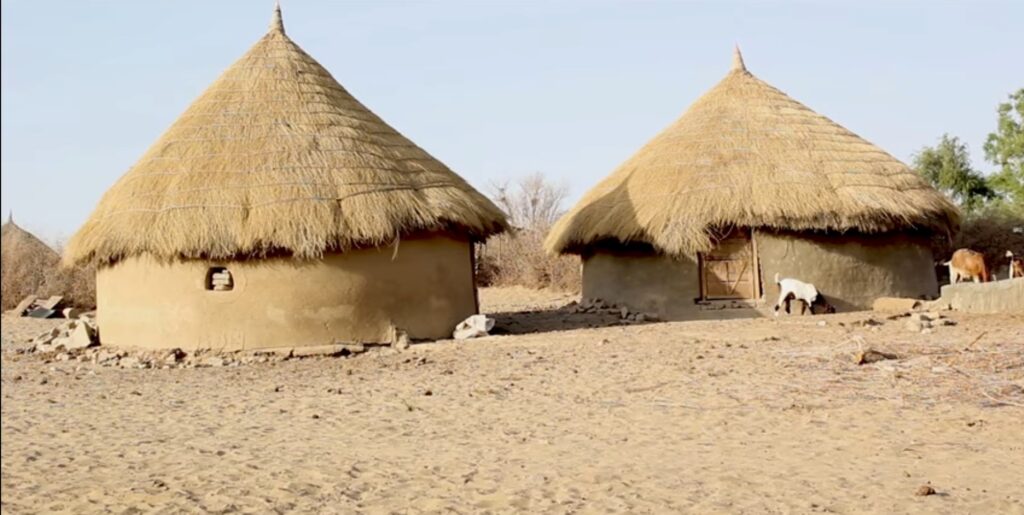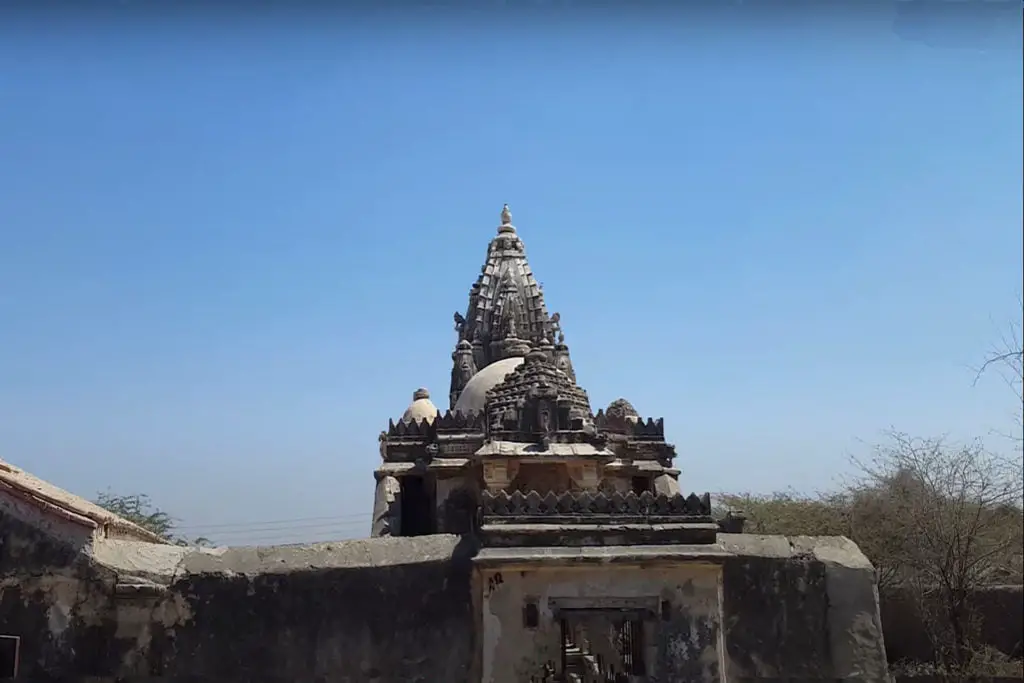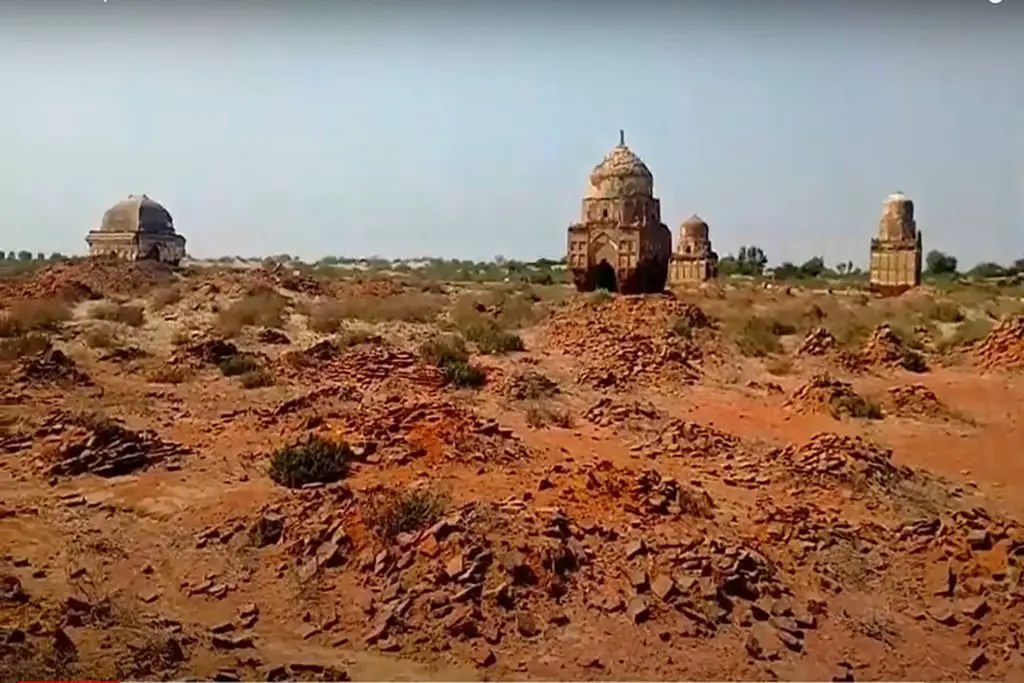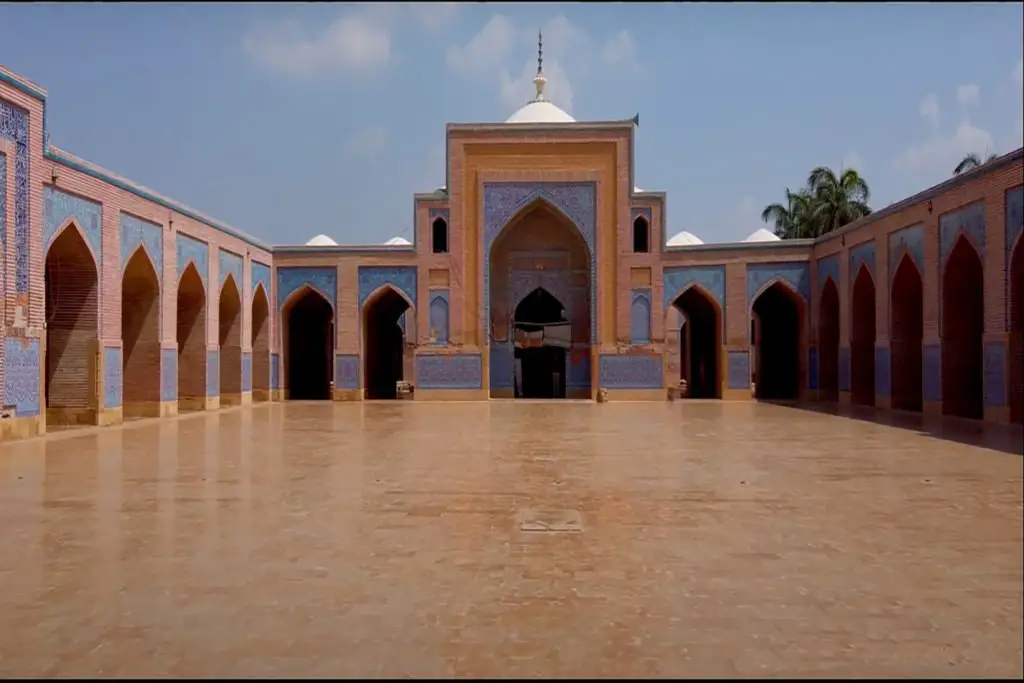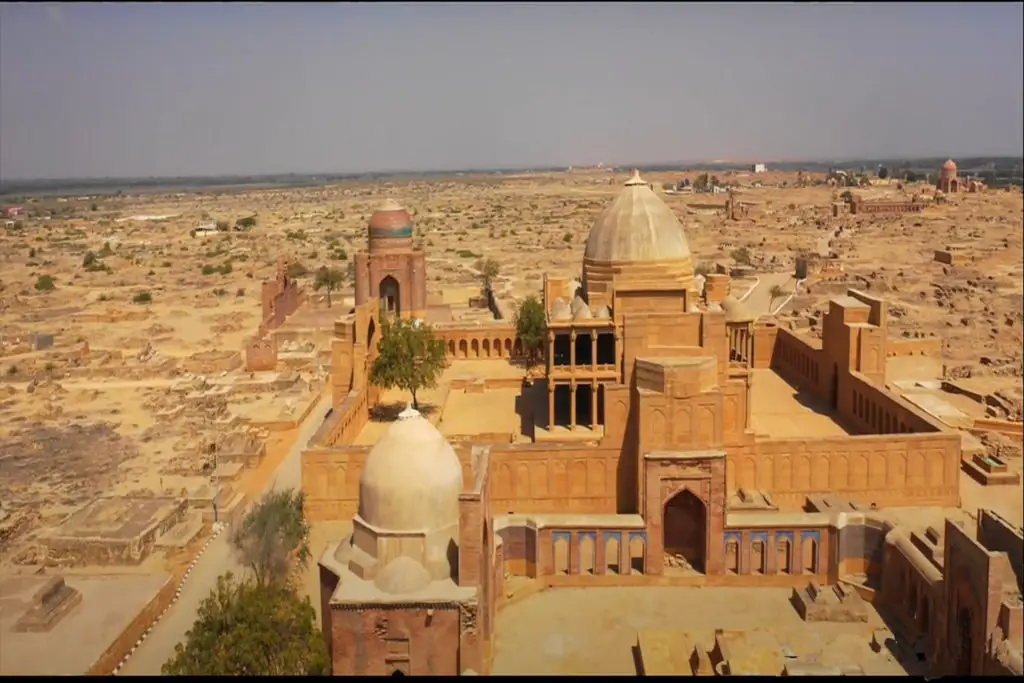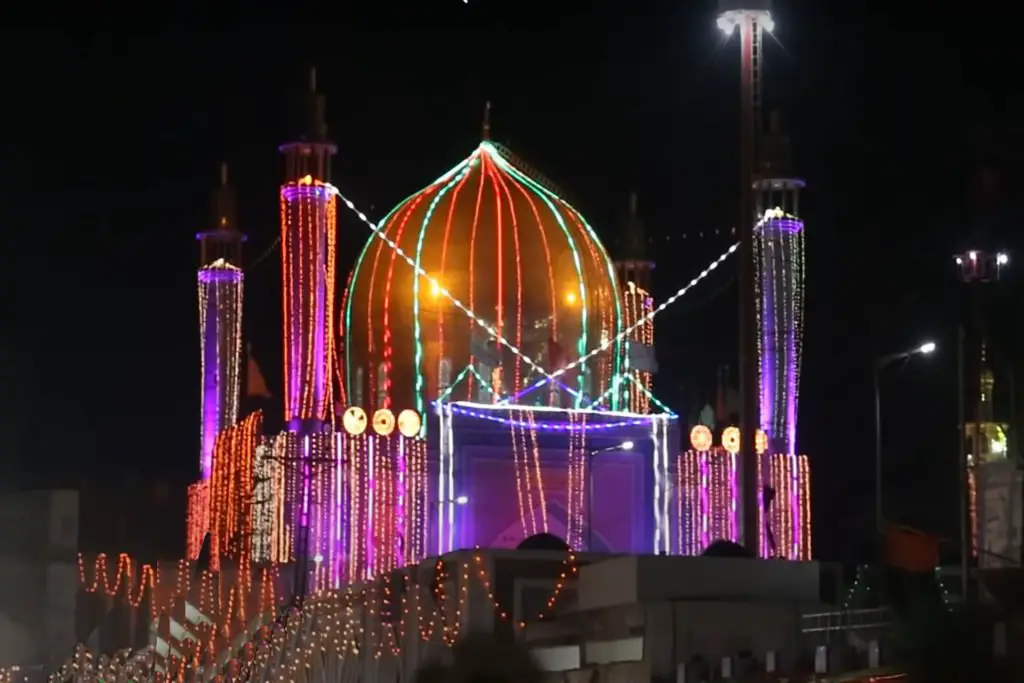Tharparkar is a district located in the southeastern part of Sindh province in Pakistan. It is a desert region with a unique landscape, rich cultural heritage, and diverse flora and fauna. In this post, we will explore some of the fascinating aspects of Tharparkar.
Geography and Climate of Tharparkar:
Tharparkar is a vast desert region covering an area of 22,000 square kilometers. It is bounded by the Aravalli range in the east and the Rann of Kutch in the west. The district is located at an altitude of 600-700 meters above sea level, with a hot and dry climate. The temperature in summer can rise up to 50°C, while in winter, it can drop to 0°C.
There are 7 Tehsils on Tharparkar, which are:
- Chachro
- Dahli
- Diplo
- Islamkot
- Kaloi
- Mithi
- Nagarparkat
One of the most distinctive features of the desert is its rich and vibrant culture. The Thari people, who are the predominant ethnic group in the region, have a unique way of life that is deeply rooted in their traditional customs and practices. They are known for their hospitality, colorful clothing, and rich folklore that is passed down from generation to generation.
Culture and People of Tharparkar Pakistan:
Tharparkar is home to various ethnic communities, including the Thari, Meghwar, Kohli, and Parkari. These communities have a unique cultural identity, with their language, dress, food, and traditions. The people are known for their hospitality, resilience, and artistic skills. They are adept at making intricate handicrafts, such as embroidery, weaving, and pottery.

Tharparkar History
It is also home to a number of historic landmarks and ancient ruins. The district has a rich history that dates back to the Indus Valley Civilization, and there are several archaeological sites in the region that are of great historical importance. The most famous of these sites is the Chaukhandi graveyard, which is home to over 15,000 sandstone tombs that date back to the 15th century.
In addition to its cultural and historical attractions, it is also known for its stunning landscapes. The district is home to a number of natural wonders, including the Nagarparkar hills, the Karoonjhar mountains, and the famous Thar Desert. The desert is particularly breathtaking, with its vast stretches of sand dunes and rugged terrain providing a unique and awe-inspiring backdrop for visitors.
Population of Tharparkar Pakistan
The estimated population (2021) of Tharparkar, Pakistan, is approximately 1.6 million people. It is a district located in the southeastern part of the Sindh province in Pakistan. It is known for its unique cultural heritage, desert landscape, and a predominantly rural population.
The district is home to various ethnic groups, including the indigenous Thari people, who have adapted to the harsh desert environment and have a distinct way of life. Please note that population figures may change over time, so it is recommended to refer to the latest official data for the most accurate and up-to-date information.
Tourist Attractions in Tharparkar Pakistan:
Tharparkar offers a plethora of tourist attractions, ranging from ancient forts and temples to natural wonders. Some of the must-visit places in the district are:
-
Mithi : The main town of Tharparkar, Mithi, is a vibrant and bustling city, known for its colorful markets, narrow streets, and historical landmarks.
-
Nagarparkar: Nagarparkar is a picturesque town located at the foot of the Aravalli range. It is famous for its ancient forts, temples, and tombs, such as the Jain temples, the Shiva temple, and the Kali temple.
-
Chhachhro: Chhachhro is a remote village situated on the border of Tharparkar and India. It is known for its scenic beauty, hot springs, and wildlife, such as the chinkara, blackbuck, and wild boar.
-
Karoonjhar Mountain: Karoonjhar Mountain is a magnificent granite mountain range located in the heart of Tharparkar. It is an ideal destination for hiking, trekking, and camping, offering breathtaking views of the desert landscape.
-
Bhodesar Mosque: Bhodesar Mosque stands as a testament to the unique architectural fusion that emerged from the interplay between Islamic and Jain traditions. Built in 1505 CE by Sultan Mahmud Begada of Gujarat, this white marble mosque showcases a captivating blend of influences from nearby Jain temples.
-
Bhodesar Temples: Bhodesar Talao is also of historical significance as it is said to have been the site of a major battle between the local Thari tribes and the invading Mughal army. The lake is believed to have served as a source of water for the Thari warriors during the battle, which took place in the 16th century.
-
Gori Temple: The Gori Temple Tharparkar, also known as Gori jo Mandar or Temple of Gori, is a Jain temple located in Nagarparkar, Sindh, Pakistan. It is situated about 14 miles northwest of the Viravah Temple.
-
Churrio Jabal: Churrio Jabal Durga Mata Temple, situated on the Churrio hill in Nangarparkar, Tharparkar District, Sindh province, Pakistan, holds significant historical and religious importance. This ancient temple attracts around 200,000 pilgrims annually during the festival of Shivratri. Hindus visit the temple to immerse the cremated ashes of their loved ones in the holy water. Unfortunately, the temple faces a serious threat due to the mining of the valuable and colorful granite that forms the hill.
-
Naukot Fort: Nestled in the heart of the Tharparkar District in Sindh, Pakistan, Naukot Fort stands as a testament to the region’s rich historical heritage. This ancient fortress, with its commanding presence and architectural splendor, holds a significant place in the annals of Sindh’s history. Over the centuries, it has witnessed the rise and fall of empires, serving as a strategic stronghold and a cultural center.
-
Virawah Temple: Nestled amidst the enchanting landscapes of Nagarparkar in the Tharparkar District of Sindh, Pakistan, the Virawah Temple stands as a remarkable testament to the region’s religious and cultural heritage. This ancient Hindu temple, with its intricate architecture and serene ambience, draws pilgrims and visitors from far and wide, offering a spiritual oasis in the heart of the desert.
-
Marvi Well: The Marvi Well derives its name from the legendary tale of Marvi, a young Thari woman who became a symbol of unwavering love and indomitable spirit. According to the folklore, Marvi was a beautiful village girl who was abducted by the powerful Umar Soomro, a local ruler. Despite being confined in his palace, Marvi remained steadfast in her loyalty to her true love, Umar Marvi, and refused to yield to Umar Soomro’s advances.
-
Jain Temples: Nagarparkar Jain temples are located in the region near Nagarparkar, in the southern province of Pakistan in Sindh. The site contains a collection of abandoned Jain temples, as well as a mosque heavily influenced by the style of temple architecture.
Problems of Tharparkar
Tharparkar faces several challenges that affect the well-being and development of its population. Some of the prominent problems in include:
-
Drought and Water Scarcity: Tharparkar is a region prone to frequent droughts, resulting in water scarcity for both human and livestock populations. Limited access to clean and safe drinking water poses significant health risks and hampers agricultural productivity.
-
Poverty and Malnutrition: Tharparkar has high poverty rates and experiences persistent food insecurity. Limited economic opportunities, coupled with drought and water scarcity, contribute to a lack of access to nutritious food, resulting in high levels of malnutrition, especially among children.
-
Health Care Challenges: Tharparkar faces numerous healthcare challenges, including inadequate infrastructure, limited healthcare facilities, and a shortage of trained medical professionals. This situation leads to difficulties in accessing essential healthcare services, particularly in remote areas of the district.
-
Education Disparities: Tharparkar suffers from significant educational disparities, with limited access to quality education, particularly for girls. Lack of infrastructure, qualified teachers, and low enrollment rates contribute to a lack of educational opportunities and hinder social and economic development.
-
Infrastructure and Connectivity: Many areas in Tharparkar lack basic infrastructure, such as roads, electricity, and telecommunications. This hampers transportation, connectivity, and access to essential services, limiting economic growth and development in the region.
-
Child Marriage and Gender Inequality: Tharparkar grapples with high rates of child marriage, which perpetuates gender inequality and limits opportunities for girls and women. Early marriage often results in early pregnancies, health risks and curtails educational and economic prospects for girls.
-
Environmental Degradation: Unsustainable land-use practices, overgrazing, and deforestation contribute to environmental degradation in Tharparkar. These factors exacerbate the impact of droughts, leading to soil erosion, reduced agricultural productivity, and further economic challenges.
Addressing these challenges requires a comprehensive approach that includes investment in infrastructure development, improved access to healthcare and education, sustainable water management, poverty alleviation programs, and initiatives promoting gender equality. Additionally, community involvement, government support, and partnerships with non-governmental organizations are crucial for sustainable development and improving the overall well-being of the people of Tharparkar.
Despite its many attractions, it remains a relatively undiscovered gem, with many of its cultural and natural treasures yet to be fully explored. However, with its growing popularity as a tourist destination, it is only a matter of time before this district becomes a must-see destination for anyone interested in experiencing the rich culture and natural beauty of Pakistan.
Tharparkar is a hidden gem of Pakistan, offering a unique blend of history, culture, and nature. It is a place where visitors can immerse themselves in the beauty of the desert, interact with the local communities, and explore the ancient landmarks. If you’re planning a trip to Pakistan, Tharparkar should definitely be on your itinerary.

